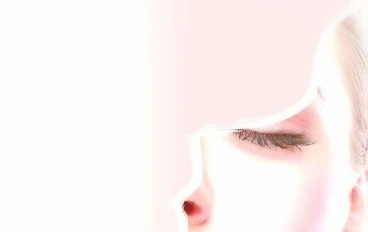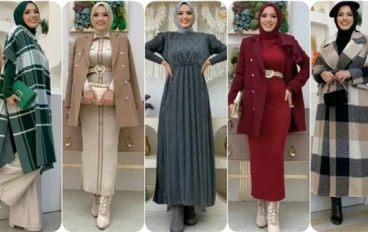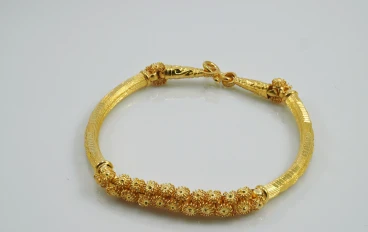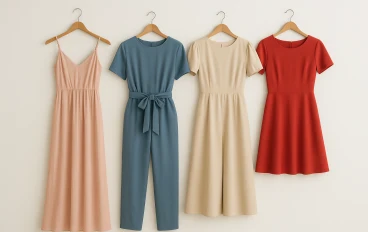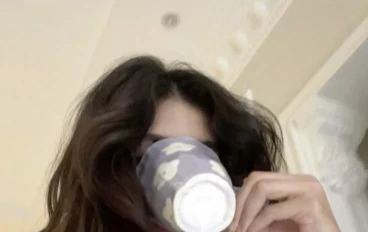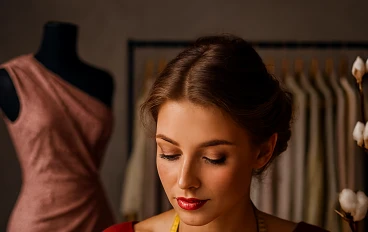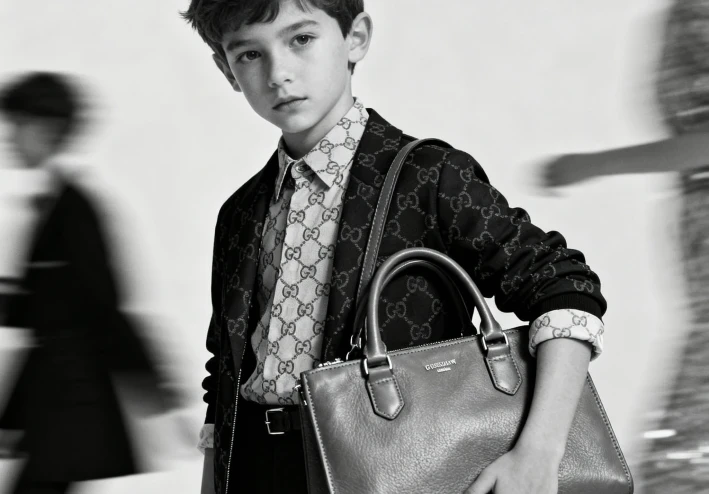
$5,000 Handbags Made from... Mushroom Waste?
$5,000 Handbags Made from... Mushroom Waste?
Introduction:
Picture this: you’re holding a luxury handbag worth $5,000, crafted with meticulous Italian artisanship—but instead of animal hide, it’s grown from mushroom roots. Sound like science fiction? Welcome to the future of sustainable luxury fashion, where mycelium leather is redefining what it means to carry elegance on your arm. As environmental consciousness meets high fashion, bio-based leather alternatives are no longer niche experiments—they’re becoming the new gold standard for ethical luxury in 2026.
From Laboratory to Luxury Runway: The Mycelium Revolution
Bio-based leather alternatives have evolved from renewable natural sources such as mycelium (mushroom roots), pineapple leaves, apple peels, and even cactus fibers. Pioneering companies like MycoWorks and Bolt Threads have developed innovative materials that replicate the texture, luxury feel, and durability of traditional leather—while remaining eco-friendly, biodegradable, and cruelty-free.
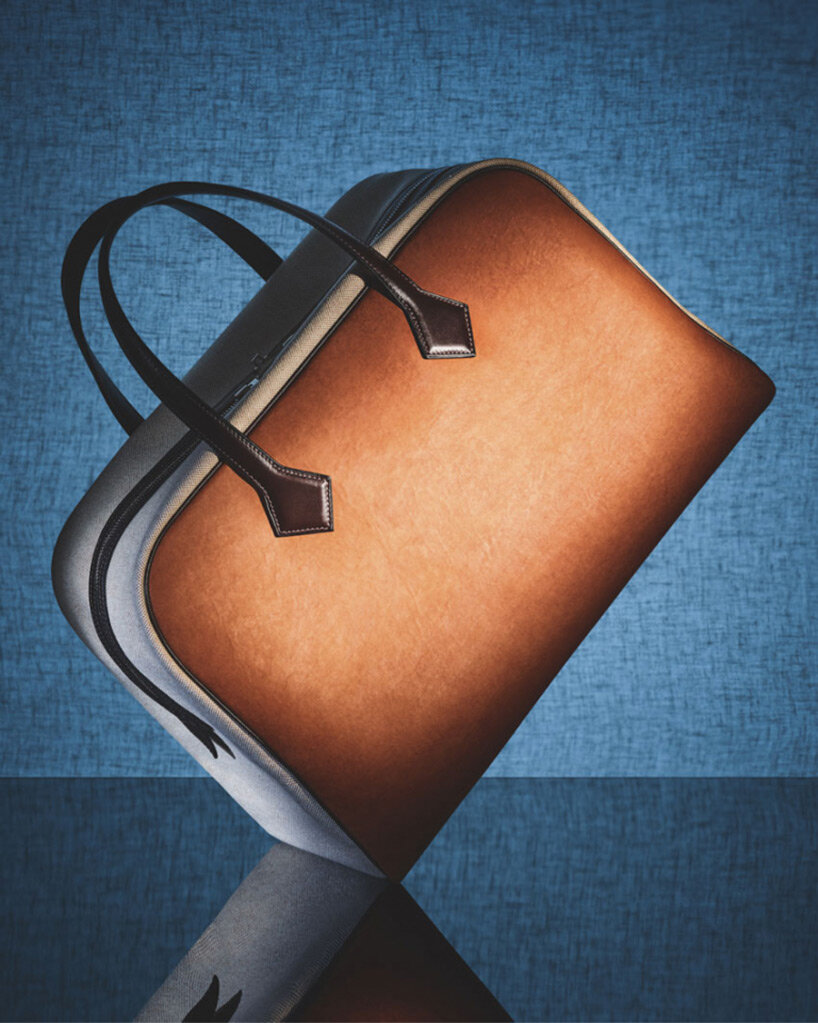
Why are these materials revolutionary?
- No animals or petroleum-based materials required
- Luxurious aesthetics and tactile qualities
- Fully customizable and recyclable
Global fashion houses like Stella McCartney and Hermès are racing to integrate these materials into their exclusive collections. Hermès partnered with MycoWorks to create Sylvania, a mushroom-based leather used in their reimagined Victoria travel handbag, while Stella McCartney’s Frayme Mylo handbag made history as the first luxury mushroom leather bag to walk the Paris Fashion Week runway.
How Bio-Based Leather Meets Luxury and Sustainability Standards
Modern bio-based leather development techniques ensure remarkable strength, flexibility, and performance—often even surpassing that of traditional animal leather. These advancements are driving leading luxury brands to integrate sustainable materials into handbags, footwear, automotive interiors, and even high-end furniture, redefining the future of eco-innovation in design.
Revolutionary additions:
- Materials grown in laboratories minimize waste
- Each product is crafted with care, appealing to values-driven generations
According to market research, the bio-based leather market is projected to grow at an impressive 8.52% CAGR, reaching $3.41 billion by 2032. A square meter of Mylo currently costs around $30—comparable to fine calfskin ($25–$40)—but prices are expected to drop significantly as production scales up. Early adopters like Stella McCartney’s Frayme Mylo bag retailed at approximately $2,485, while Hermès’s mushroom leather Victoria bag represents the pinnacle of sustainable luxury innovation.

Challenges and Future Horizons
The sector faces ongoing challenges such as high production costs, limited consumer awareness, and the complexity of scaling technologies for mass production. However, growth is accelerating—driven by trends toward greater transparency, ethical traceability, and rising investments in green materials. Major investors, including Natalie Portman, John Legend, and GM Ventures, have invested more than $187 million in MycoWorks alone—signaling strong confidence in the future of sustainable fashion innovation.
Foundations of Luxury Leather Design: Where Craftsmanship Meets Sustainability
In the world of luxury leather design, every detail tells a story of artistry, precision, and responsibility
Designers today are redefining elegance through the use of bio-based leather — innovative materials like Mylo (made from mushroom roots) and Piñatex (from pineapple fibers) that combine sophistication with sustainable fashion values
True luxury begins with material selection. While traditional leather remains iconic, bio-based alternatives now offer durability, flexibility, and a reduced environmental footprint
Each stitch reflects exceptional craftsmanship, often hand-finished by Italian or French artisans who treat every handbag as a timeless piece of art
Modern fashion houses also prioritize sustainability and transparency, ensuring that production avoids animal harm and minimizes waste. Beyond aesthetics, eco-luxury handbags must balance form and function—graceful silhouettes that meet everyday practicality
The new era of design celebrates innovation and customization, allowing textures, colors, and finishes to adapt to each client’s personality
True elegance now lies not only in beauty, but in the ethics behind every creation
Conclusion:
Luxury Redefined
Luxury is no longer defined by appearance alone—it is now measured by the values, ethics, and sustainability a product represents.
Bio-based leather stands at the intersection of contemporary design and responsible innovation, becoming the material of choice for sustainable luxury fashion in 2026. It reflects a shift in how modern consumers perceive elegance—not just as beauty, but as purpose-driven creation.
As Matt Scullin, CEO of MycoWorks, explains:
“Brands are making very significant changes to address a growing demographic of people who want to buy sustainable products that have provenance, traceability, and a lower carbon footprint.”
In this new era, ethical fashion is not a trend—it’s the essence of true luxury.

























